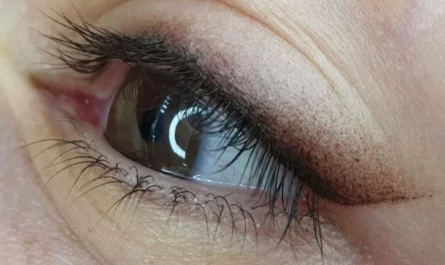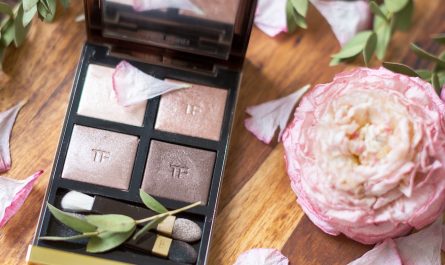Scabs are a natural part of the healing process for wounds and skin injuries. They form a protective layer over the damaged area and help prevent infection while new skin cells develop underneath. But how do you know when a scab will fall off?
Signs that a scab is about to fall off
1. Color change: Most scabs start off as a reddish-brown color and gradually become darker as they dry out. When a scab starts to lighten in color, it may indicate that it is nearing the end of its healing process and is about to fall off.
2. Itching sensation: As a scab heals, it may start to itch. This itching sensation can be a sign that the scab is loosening and getting ready to detach from the skin surface. However, it is important to avoid scratching the scab as it can disrupt the healing process and lead to scarring.
3. Dry and flaky texture: As the scab dries out, it may become dry and flaky. You may notice small pieces of the scab starting to peel away from the edges. This is a good indication that the scab is close to falling off.
Factors that can influence the duration of a scab
1. Size of the wound: The size of the wound can affect how long it takes for the scab to form and eventually fall off. Larger wounds may take longer to heal and have a more substantial scab.
2. Depth of the wound: Deeper wounds tend to take longer to heal and may form thicker scabs. This can prolong the time it takes for the scab to naturally fall off.
3. Location of the wound: The location of the wound can also play a role in the healing process. Wounds in areas with more movement, such as joints or the face, may take longer to heal and have a scab that is more prone to falling off prematurely.
How to care for a scab
1. Keep it clean: Gently wash the area around the scab with mild soap and water to keep it clean and prevent infection.
2. Avoid picking or scratching: It is essential to resist the temptation to pick or scratch the scab. Doing so can interfere with the healing process and increase the risk of scarring.
3. Moisturize: Apply a thin layer of petroleum jelly or a moisturizing ointment to the scab to keep it hydrated. This can help speed up the healing process and prevent the scab from becoming too dry and flaky.
4. Protect from sunlight: Exposing the scab to direct sunlight can cause it to darken and increase the risk of scarring. If the scab is in an area that will be exposed to the sun, cover it with a bandage or clothing.
When to seek medical attention
In most cases, scabs will naturally fall off as part of the healing process. However, there are instances where medical attention may be necessary. Consult a healthcare professional if:
- The scab becomes increasingly painful
- There are signs of infection, such as pus or extreme redness
- There is excessive bleeding from the wound
- The scab has not started to heal after a week
- You have any concerns about the healing process
Remember, patience is key when waiting for a scab to fall off. By following proper wound care guidelines, you can promote the healing process and ensure a healthy recovery.



